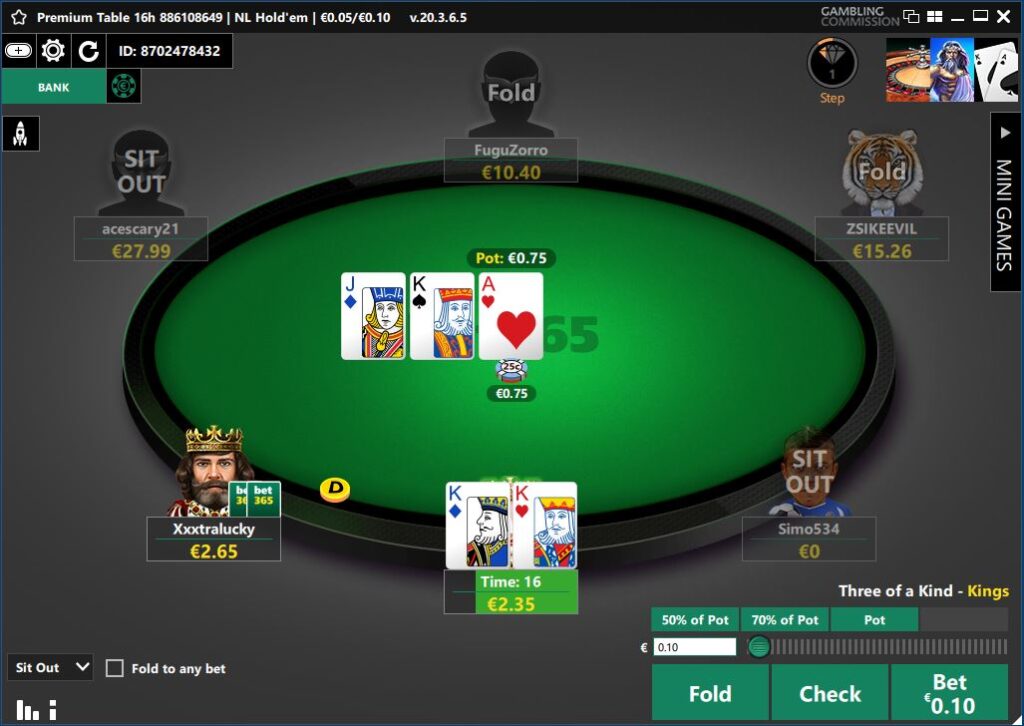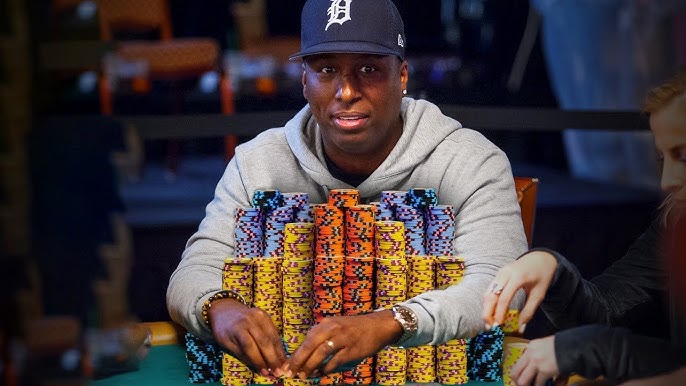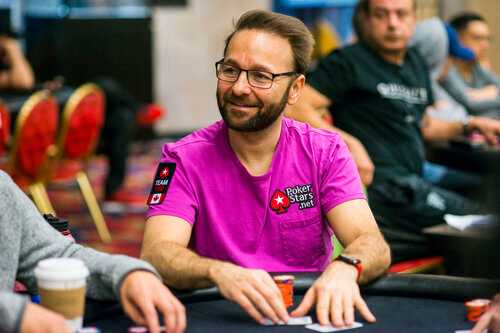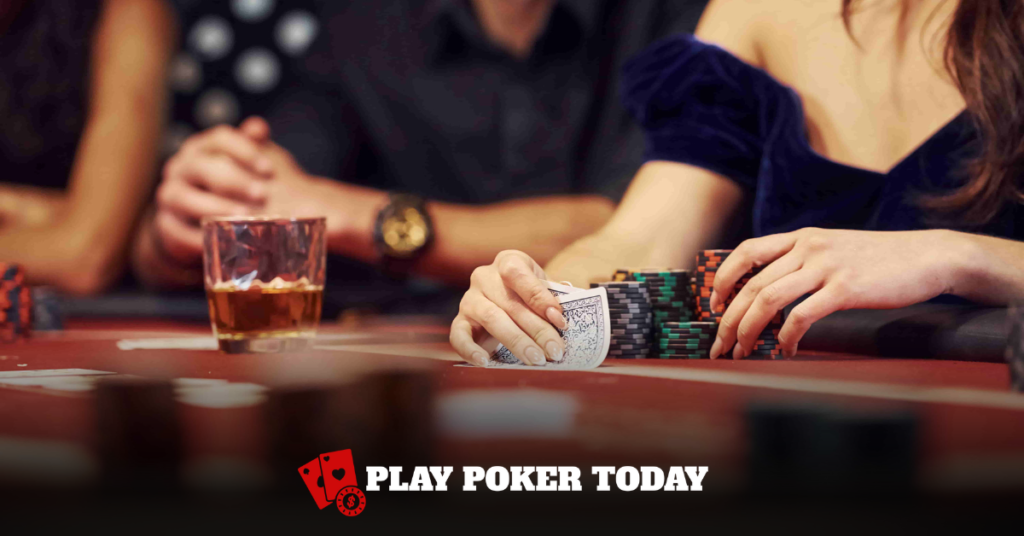Hosting an online poker tournament can be an exciting way to bring people together, whether you’re creating a casual game for friends or organizing a larger event for a poker community. A well-structured tournament with the right setup, engaging format, and smooth user experience can make all the difference in how players enjoy the event. This guide will walk you through how to host an online poker tournament from software setup to marketing the event, covering everything you need to know about online poker event setup, choosing the best poker tournament formats, and ensuring a seamless experience.
Table of Contents
ToggleStep 1: Choose Reliable Online Poker Software
Selecting the right poker software is essential for a successful event, and is one of the most important tips when you’re learning how to host an online poker tournament. The platform you choose will define the user experience, tournament features, and overall security of your event.

Factors to Consider in Poker Software
- Security and Fair Play: Ensure the platform has robust security features to protect player data and uses a random number generator (RNG) for fair play.
- Customizability: Choose software that allows you to set blinds, tournament structures, buy-ins, and table settings to suit your event’s needs.
- Device Compatibility: Ensure the software works on both desktop and mobile devices, as many players prefer the flexibility to play on different devices.
- Support for Multiple Tables: If you’re planning for a large group, the ability to support multiple tables and even table consolidation is essential.
Step 2: Define the Tournament Format

The format of your tournament dictates how to host an online poker tournament, affecting the rules, structure, and overall style of the game. Selecting the right format can enhance player engagement, improve the efficiency of online poker event setup, and ensure a balanced level of competitiveness.
Popular Online Poker Tournament Formats
1. Freezeout: Each player starts with a fixed number of chips, and there are no rebuys. Once a player’s chips are gone, they’re out of the tournament.
- Best For: Players looking for a classic, straightforward structure.
2. Rebuy Tournament: Allows players to buy back into the tournament if they lose their chips within a certain period, which can increase the prize pool.
- Best For: Larger tournaments where players appreciate additional chances to stay in the game.
3. Sit & Go: Small tournaments that begin as soon as a predetermined number of players join, usually between 6 to 10 players.
- Best For: Quick games or mini-tournaments within a larger event.
4. Bounty Tournament: Players earn cash rewards for knocking out opponents, adding an exciting layer of strategy.
- Best For: Competitive events where players enjoy additional earning opportunities.
5. Progressive Knockout (PKO): In this format, the bounty for each player increases with every knockout, adding intensity as the game progresses.
- Best For: High-energy events with larger prize pools.
Choosing the best poker tournament formats depends on your audience, tournament size, and the level of competitiveness you want to encourage. Casual events benefit from rebuy or sit & go formats, while competitive games often work well with freezeout or bounty formats. There’s no one-size-fits-all for the best poker tournament formats, and it’ll depend heavily on the audience you aim to attract.
Step 3: Set Buy-Ins and Prize Structures

Your buy-in amount and prize structure will directly influence the level of participation and overall competitiveness.
Determining Buy-Ins
- Low-Stakes (Casual): Setting low or even no buy-ins can encourage participation for social or beginner events.
- Mid-Stakes (Moderate): Offering mid-range buy-ins appeals to a mix of casual and competitive players and often results in a moderately sized prize pool.
- High-Stakes (Competitive): Higher buy-ins create a more competitive environment, attracting skilled players and resulting in larger prize pools
Creating the Prize Structure
- Top-Heavy: A prize pool that rewards the top few players with most of the winnings. This is popular in competitive tournaments.
- Flat Structure: Distributes winnings more evenly among a larger portion of players, ideal for events with casual or new players.
- Bounty/Progressive Payouts: In bounty and PKO formats, players earn part of the prize by eliminating others. This structure is engaging and allows multiple ways to win.
Choose a prize structure that complements the tournament format and appeals to your player base. High-stakes events may benefit from top-heavy payouts, while casual games work well with flat structures.
Step 4: Plan the Tournament Schedule
In online poker event setup, proper scheduling is vital. Setting a clear schedule with details about each phase of the tournament helps players plan their time and creates a professional experience.
- Starting Time and Date: Choose a date and time that accommodates the majority of your players. Weekends and evenings are popular for online tournaments.
- Break Times: Include breaks during the tournament, especially for longer events. Scheduled breaks every hour can help players stay focused.
- Estimated Duration: Provide an approximate length of the tournament so players can anticipate how long they’ll be involved.
Publish the schedule on your event page or share it via email. A clearly outlined schedule can help ensure a smooth, well-paced tournament experience.
Step 5: Market Your Tournament
It isn’t enough just to have proper online poker event setup. Marketing your tournament is also key to attracting players and building excitement. Use various channels to promote the event and create a sense of anticipation.
Marketing Tactics for Online Poker Tournaments
- Social Media: There are various platforms you can utilize for event promotion. This includes Instagram, Facebook, Twitter, and even Youtube. Create engaging posts, countdowns, and teasers to generate interest.
- Email Invitations: Send personalized email invites with event details, buy-ins, and registration links. Include a call to action encouraging players to sign up early.
- Poker Forums and Groups: Promote your tournament in poker communities, forums like TwoPlusTwo, and relevant Facebook groups to reach engaged players.
- Early Bird Incentives: Offer discounts or incentives to players who register early, encouraging sign-ups and creating buzz.
Consider creating a branded image or flier for the event to give it a polished look and attract attention.
Step 6: Provide a Seamless User Experience

Ensuring a smooth, enjoyable experience for players is critical for a successful tournament. A well-run event encourages positive feedback and repeat participation.
Tips for Enhancing User Experience
- Clear Communication: Send players all relevant information in advance, including rules, schedule, and prize structure.
- Responsive Customer Support: Be available to answer questions and troubleshoot issues before and during the tournament. Good communication fosters trust and helps resolve any issues promptly.
- Mobile-Friendly Access: Many players prefer mobile gaming, so ensure the platform is optimized for mobile devices.
- Practice Runs: Conduct a practice tournament or mock games to test the software and ensure everything works smoothly on game day
Maintaining open communication with players through live chat or support channels can also enhance the experience and create a positive environment.
Step 7: Execute the Tournament and Manage Real-Time Adjustments
With everything in place, it’s time to run the tournament. Start with a brief announcement or welcome message to set the tone, then monitor the game for any issues.
Real-Time Tournament Management
- Moderate the Game: Monitor player actions, answer questions, and ensure rules are being followed.
- Adjust Game Pace: If the tournament is running longer than expected, consider increasing the blind levels or adjusting break times.
- Handle Issues Quickly: If any players experience technical issues or have questions, respond promptly to maintain the flow of the game.
Having moderators or support staff available can make real-time adjustments smoother and ensure all players have a positive experience.
Step 8: Wrap-Up and Payouts

A smooth wrap-up is essential to leave players with a positive impression. Handle all payouts promptly, congratulate winners, and collect feedback.
Final Steps
- Announce Winners: Send out a congratulatory message to winners and highlight them on social media or email if appropriate.
- Process Payouts: Ensure all winnings are distributed according to the prize structure and process payouts as quickly as possible.
- Collect Feedback: Send a follow-up survey or request feedback from participants to learn how you can improve future tournaments.
Additional Tips for Hosting a Successful Online Poker Tournament
- Host Themed Events: Themes, such as holiday tournaments or celebrity player nights, add an extra level of excitement.
- Offer Leaderboards: For recurring tournaments, a leaderboard allows players to track progress over multiple events, adding to the competitive spirit.
- Encourage Player Interaction: Features like live chat or video commentary can enhance the social aspect of the game.
Conclusion
A lot of planning and preparation work goes into hosting online poker tournaments, as well as strong attention to details. By choosing the right software, selecting engaging tournament formats, setting clear prize structures, and providing a seamless experience, you can create a memorable event that players will enjoy. With effective marketing and responsive support, your tournament can be a success, building a foundation for future events and growing your poker community. So if you want to learn how to host an online poker tournament well, pay attention to the tips in this guide.




